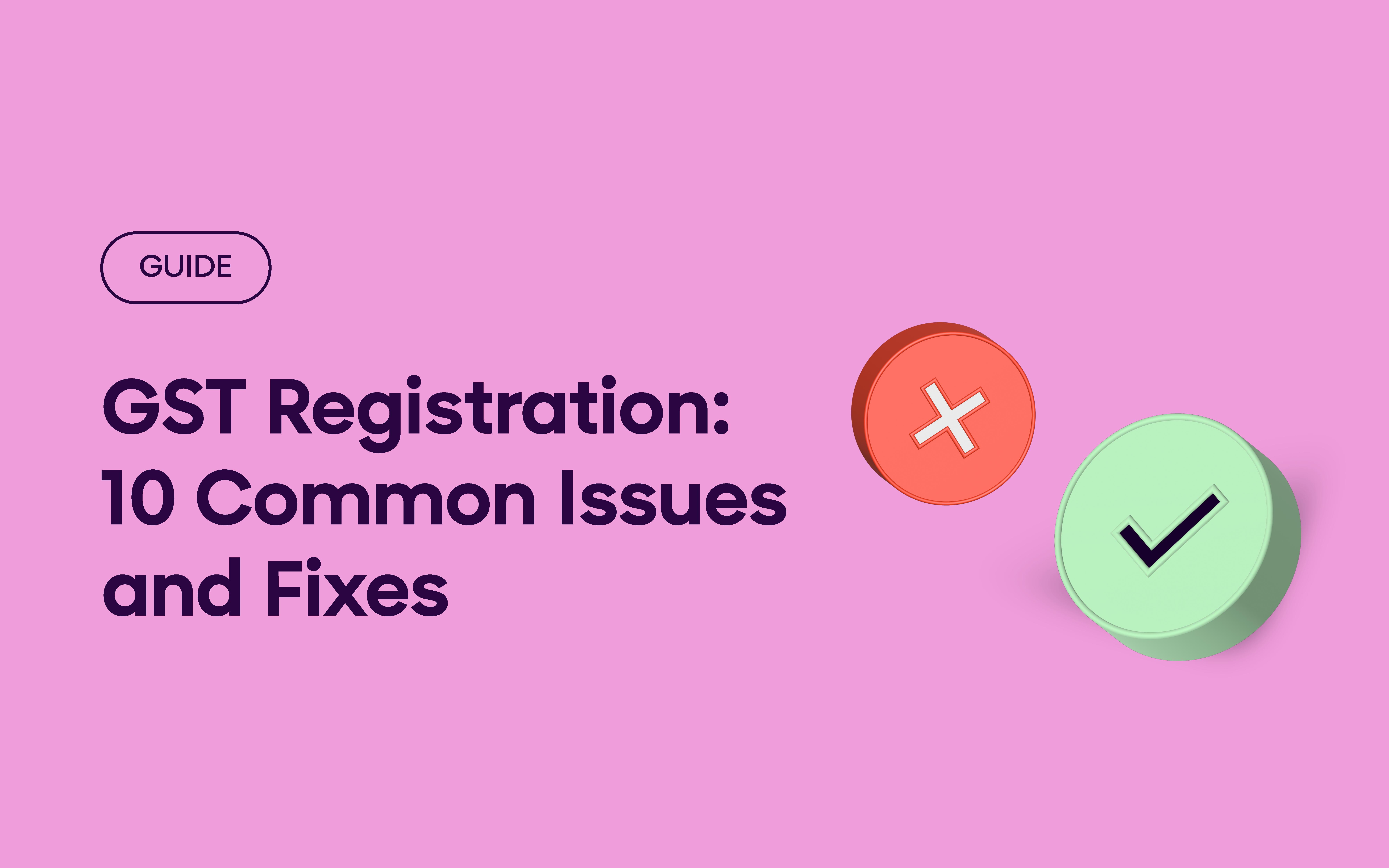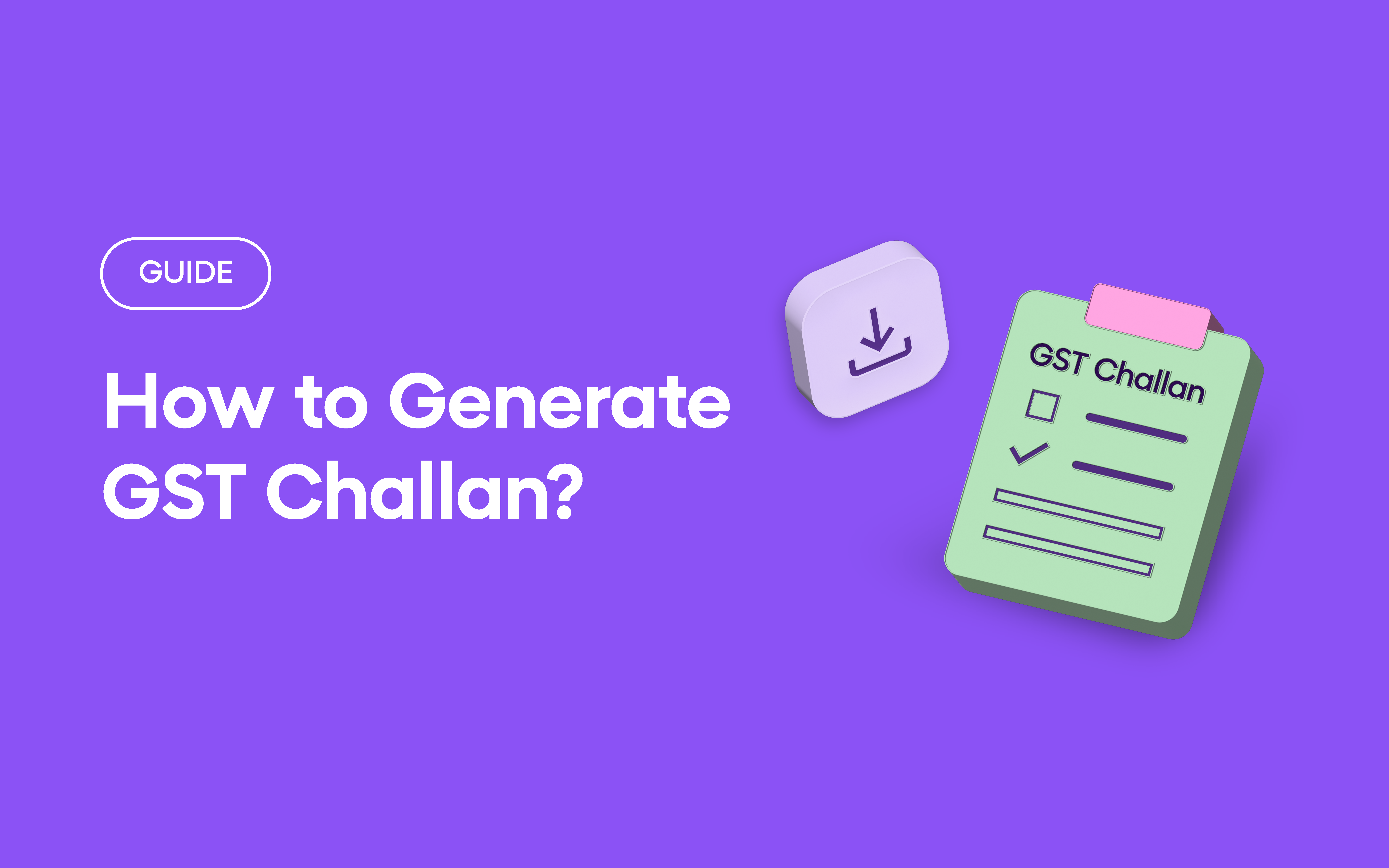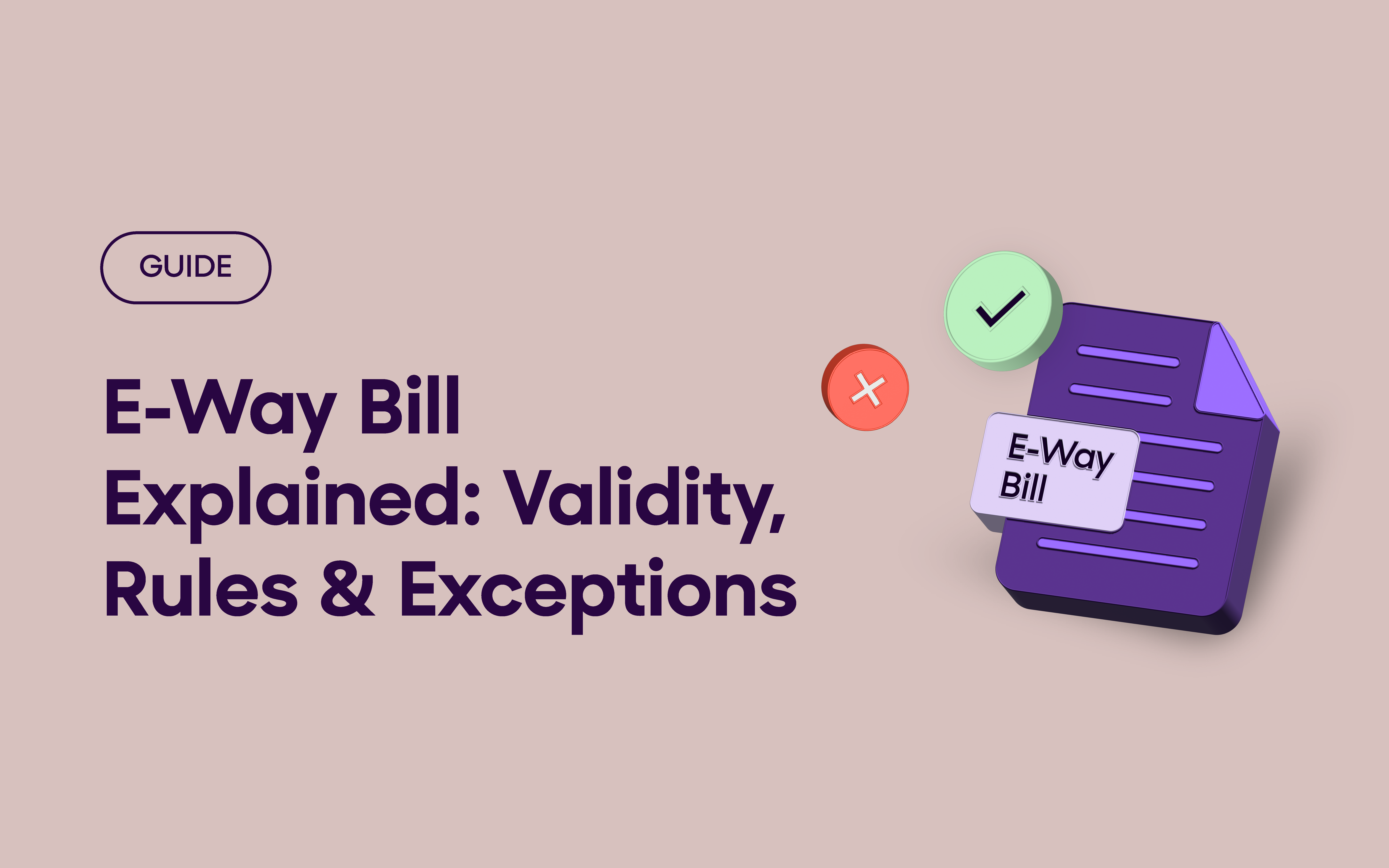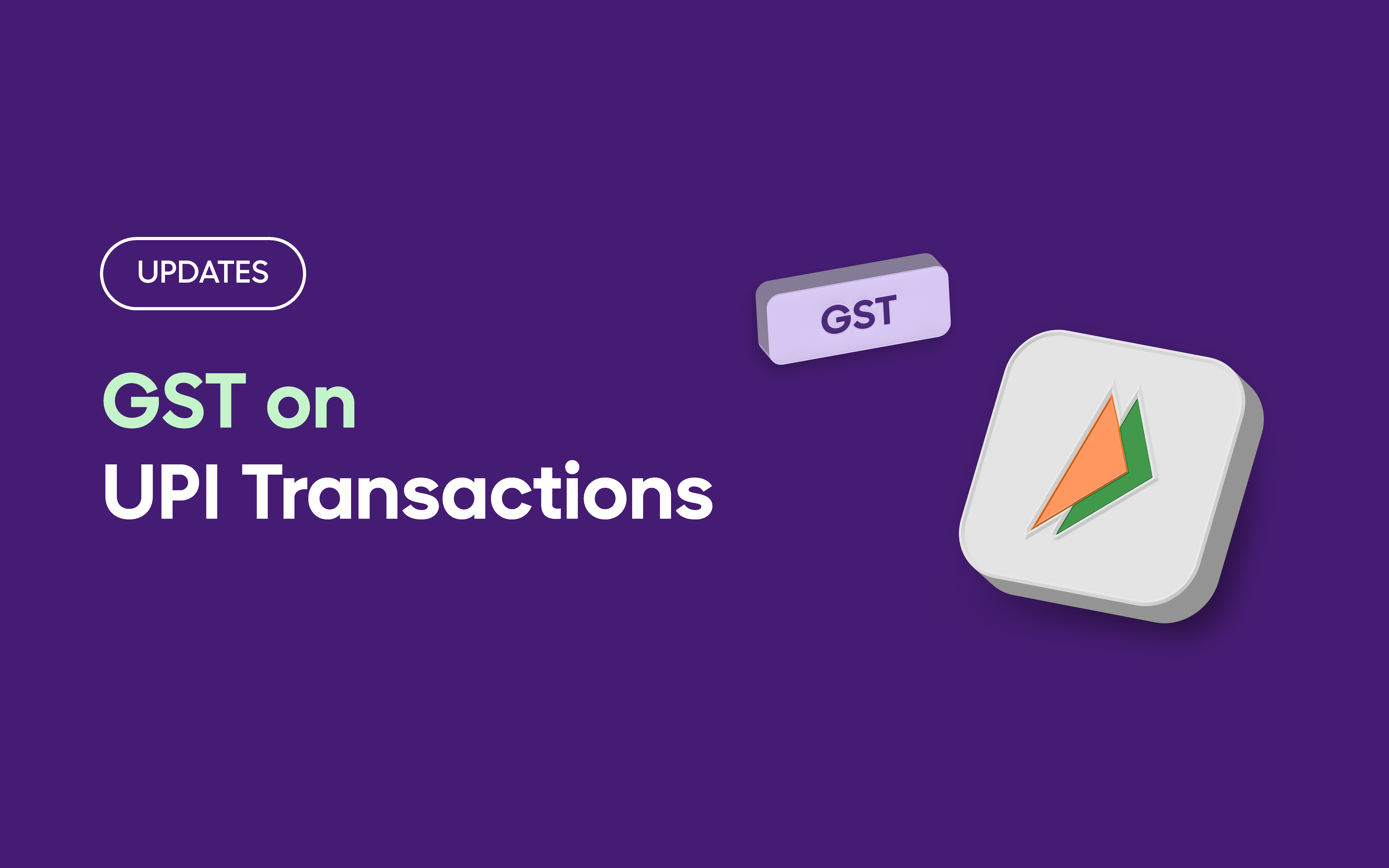For many small businesses, GST registration is one of the first formal steps toward scaling operations and building credibility. But the process isn’t always straightforward.
Between document uploads, form validations, and portal errors, registration often comes with avoidable delays—especially for those managing it without dedicated support. The smallest oversight, like a mismatched address or an incorrect bank detail, can result in rejections or repeated follow-ups.
Whether you’re applying for the first time or assisting someone through it, understanding the most common issues in GST registration—and how to proactively address them—can save considerable time and effort.
In this guide, we’ve outlined the 10 most frequent registration challenges faced by business owners and how to resolve them efficiently. If you’re looking to streamline compliance from the start, this is where to begin.
Incorrect or Mismatched PAN Details
The issue:
One of the most common errors is entering incorrect PAN details or using a PAN that doesn’t match the name or type of the business. Since GST registration is PAN-based, any mismatch stalls the process immediately.
How to overcome:
Cross-verify the PAN on the Income Tax Department website. Ensure that the name and PAN used for registration match exactly, right down to special characters.
Mismatch in Aadhaar Authentication
The issue:
Businesses opting for Aadhaar-based authentication may face delays if the Aadhaar data doesn’t match the application. Rejections are common due to mobile number mismatch or failure in OTP verification.
How to overcome:
Make sure the mobile number linked with Aadhaar is active. Complete Aadhaar eKYC before initiating GST registration. In case of repeated failure, opt for the physical verification route as a fallback.
Wrong Selection of Business Type or Constitution
The issue:
Many applicants confuse “Proprietorship,” “Partnership,” “LLP,” or “Company,” and wrongly categorize their business. This leads to document mismatches and delays.
How to overcome:
Refer to your business incorporation documents before selecting the business type. Consult a CA or use tools that guide you with prompts during registration.
Improper Documentation Uploads
The issue:
GST registration requires submission of valid documents—address proof, bank details, identity proofs, and more. Incomplete or unreadable uploads often lead to rejections.
How to overcome:
Ensure documents are in the correct format (PDF, JPEG) and under the specified file size. Avoid scanning low-resolution images or overlapping multiple documents in one file. Use online platforms with document checklist integrations to avoid missing key proofs.
Inconsistent Address Details
The issue:
Mismatch in the principal place of business address and supporting documents like electricity bills or rent agreements is another frequent reason for rejection.
How to overcome:
The address on your rent agreement, utility bill, and registration form must match word for word. If you’re using a co-working space or shared office, include a no-objection certificate (NOC).
Using Personal Bank Accounts Instead of Business Accounts
The issue:
Many small businesses or freelancers use personal bank accounts during registration. This creates compliance challenges later, especially when filing GST returns.
How to overcome:
Open a business bank account and use its statement or canceled cheque during registration.
Failure to Track ARN and Registration Status
The issue:
After submission, businesses often forget to track their Application Reference Number (ARN). This leads to confusion, missed notices, or deadlines.
How to overcome:
Regularly check your ARN status on the GST portal. Set reminders or use automated dashboards like Optotax by OPEN to track your GST journey end-to-end.
Jurisdictional Errors
The issue:
Incorrect selection of the state, district, or jurisdiction officer can slow down the application, especially if manual verification is triggered.
How to overcome:
Use the “Know Your Jurisdiction” tool on the GST portal to enter the right details. Ensure consistency between the address proof and the business location entered.
Multiple Registrations without a Valid Reason
The issue:
Some businesses, especially those operating in multiple states, apply for multiple GSTINs unnecessarily or without proper documentation—leading to rejections or compliance issues later.
How to overcome:
Apply for additional GSTINs only when you have a business presence (like a warehouse or office) in another state.
Delay in Response to Queries or Notices
The issue:
Sometimes the GST officer may raise queries post-registration submission. Ignoring or delaying your response can lead to outright rejection.
How to overcome:
Check your email and GST portal inbox frequently for any notices. Respond within the given timeline with valid documents or explanations.
Streamline Your GST Journey with Optotax
Getting GST registration right is only the first step. Once you’re registered, you’ll need to regularly file GST returns online, manage invoices, reconcile ITC, and stay compliant.
That’s where platforms like Optotax by OPEN simplify your workflow:
- Free filing of GSTR-1, GSTR-3B & GSTR-9
- Real-time GST dashboard for multi-client or multi-GSTIN tracking
- Notice management
- Smart alerts for due dates and notices
- One-click access to reconciliation and filing history
GST registration doesn’t have to be an uphill battle. With the right tools, guidance, and attention to detail, you can avoid the most common pitfalls and ensure smooth compliance from Day 1.
If you’re already registered and looking for a smarter way to manage filings, reconciliation, and notices—explore Optotax today.





